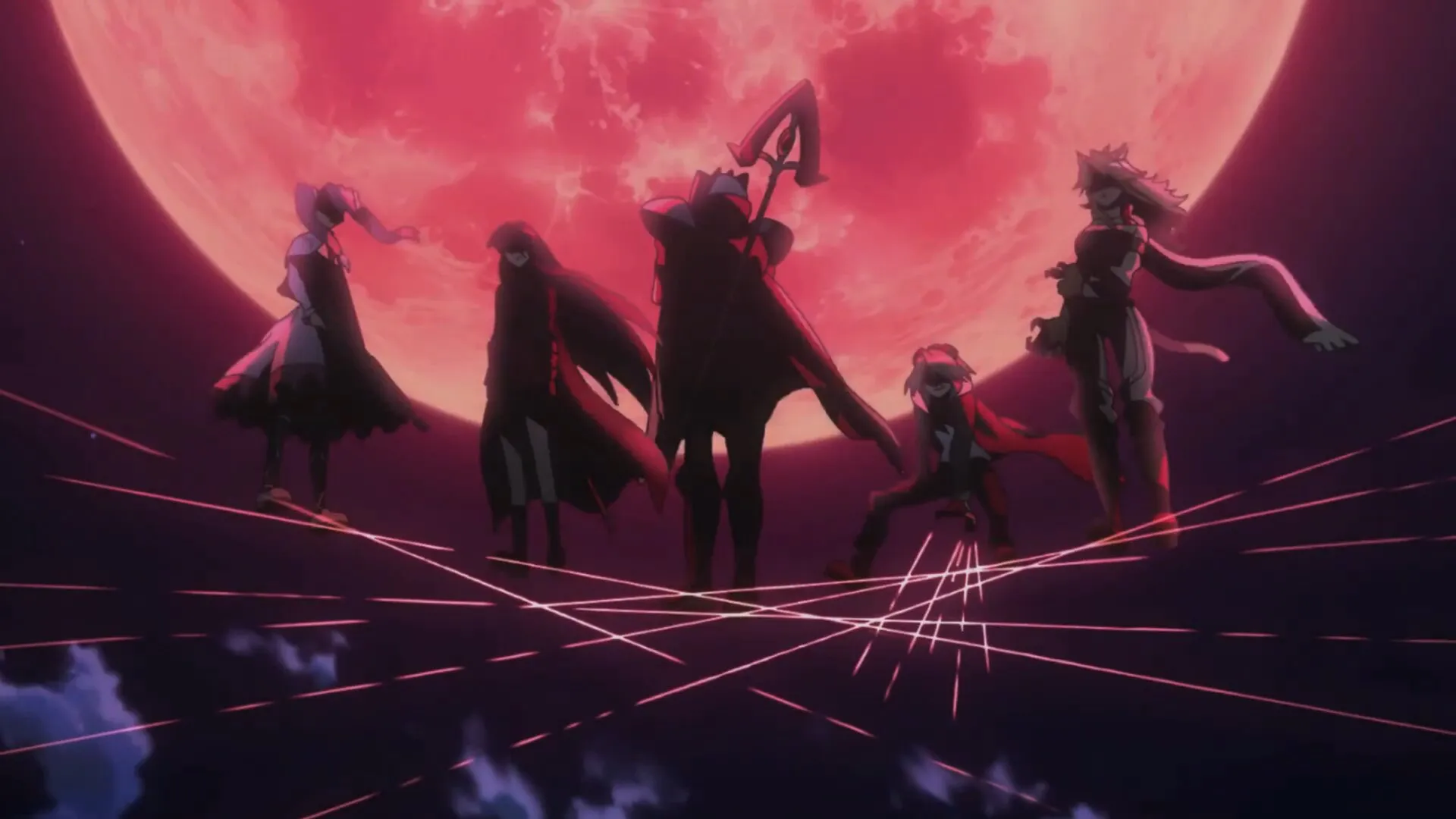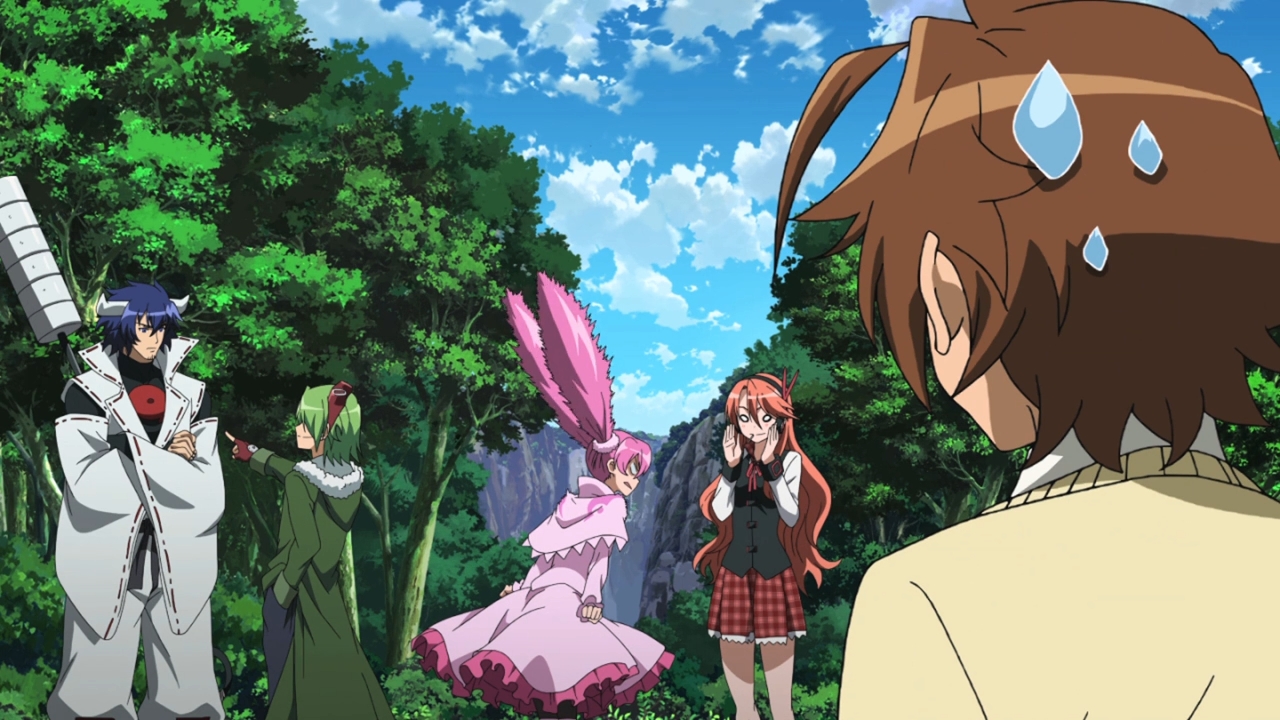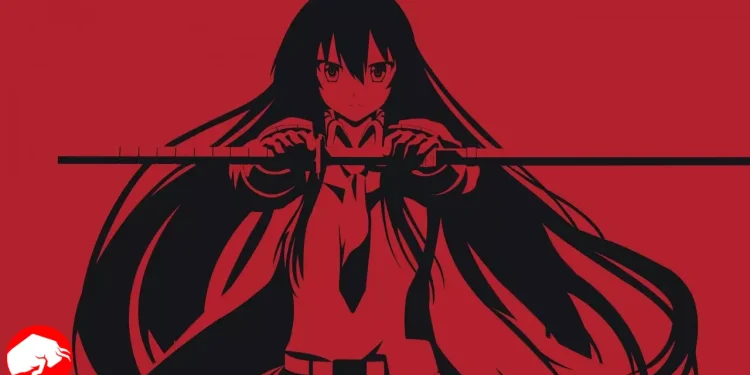Delving into a world where the swipe of a blade could be fatal, the Akame ga Kill manga unfolds a narrative that remains poignant amid a blood-stained premise. Through the strokes of Takahiro’s pen, this narrative oscillates between the grim reality of death and the flicker of hope resonating through its protagonist, Tatsumi. While its anime adaptation by White Fox heightened the bloodlust, the original manga subtly carries its readers along a labyrinth of loss, power struggles, and rebellion against the corrupt Empire.
The Magnetic Pull Towards Rebellion: Tatsumi’s Quest
The heart of the Akame ga Kill manga beats through the youthful and zealous Tatsumi, a character etched with the desperation to alleviate his family’s financial woes. His voyage to the Capital, although painted with the noblest intentions, steers him into a whirlpool of calamities. The corruption suffocating the Capital’s atmosphere soon propels him into the arms of Night Raid—a faction deemed terrorist by the ominous Empire.
Takahiro’s narrative entwines its characters within the vine of rebellion, leading to action-packed sequences that serve as both a thrilling and reflective mirror to Tatsumi’s evolution. Through the shroud of battle cries and clashing steel, Akame ga Kill highlights the undercurrent of political corruption threatening to engulf the city’s soul.
The manga eloquently navigates through the gray realm of morality, as Tatsumi, initially stepping into the role of a bodyguard, soon discerns the sinister nature of those he guarded. Night Raid’s revelation unveils the morbid truth, urging Tatsumi to redraw his allegiance. His journey is studded with grave errors and illuminating lessons, unraveling a rich tapestry of character development.

Manga Vs Anime: A Tale of Two Adaptations
Fans often stand at a crossroad between the manga and its anime counterpart, a path diverging towards varied interpretations. The violent ethos of the Akame ga Kill universe, although prominent in both, was significantly amplified in the anime, even meandering towards a more cynical ending that didn’t sit well with the manga aficionados.
The core essence of Takahiro’s creation, despite being tinged with violence, crafts a narrative beyond mere bloodshed. The anime adaptation, however, treaded a path that at times veered away from the emotional depth and complexity that the manga tenderly held within its pages.

Immerse In The Rebellion: How To Catch The Action
For those itching to traverse through the dramatic alleys of Akame ga Kill, Manga UP! is your digital gateway. Endorsed by Square Enix—the publishers of this adrenaline-pumping series—Manga UP! provides an online haven for manga enthusiasts. On the flip side, if the touch of paper resonates more with your reading aesthetics, a quick journey to Amazon will secure you the physical copies of Akame ga Kill’s enthralling 15 volumes.
The layers of Akame ga Kill are meticulously painted with action, suspense, and an uncanny ability to knock characters off the pedestal when least expected. It’s a saga where heroes and villains are forged and vanquished on the anvil of rebellion, each twist in the tale laced with Takahiro’s bold storytelling prowess.
Akame Ga Kill is wonderful, but painful to watch pic.twitter.com/93BSSL2FBz
— Historical_Ghost (@Ghostlyhistory) September 28, 2023
Akame ga Kill: The Enigmatic Endnote
With a narrative that effortlessly dances between action and emotion, the Akame ga Kill manga doesn’t merely narrate a tale of swords and revolts; it delves deeper into the realms of sacrifice, loyalty, and the unyielding spirit of rebellion. It’s a compelling invitation to witness the wild blaze of youthful resistance against a backdrop of a dark, corrupt empire, ensuring readers remain gripped till the very last page.










